It may seem like a bunch of random numbers and letters are on your tire sidewall, but they all actually mean something. These letters and numbers tell you the tire size, type of tire and the safety standards. We will teach you how to read your tires below.
The first character(s) in a tire size designate the tire's class. In this example, "P" indicates that the tire is a passenger car tire. An "LT" before the tire size designates a light truck tire, and no letter before the size indicates that it is a European metric tire.
A metric tire's section width is measured in millimeters. This measurement is taken from sidewall to sidewall. In this example, the section width of the tire is 205mm.
This number refers to the height of the sidewall. It is a percentage of the section width. In this example, 65 percent of the section width of 205mm equals 133. 25.
The "R" in this example indicates radial tire construction.
This indicates the wheel diameter in inches.
The first number indicates the tire's diameter in inches. In this example, the tire manufacturer has determined that this is a 35" tire. However, actual measured overall diameters vary from one manufacturer to the next.
Standard tire width is indicated in inches with the decimal point removed. Therefore, in this example, the number 1250 indicates that this tire is 12.5" wide.
The "R" in this example indicates radial tire construction.
This indicates the wheel diameter in inches.
The last letter in a standard tire size indicates the number of layers used in the construction of the tire. If there is no letter, the tire has the standard 4 plies. A "C" indicates 6 plies, a "D" indicates 8 plies, and an "E" indicates 10 plies. The higher the number of plies in a tire, the stronger the tire is and the more air pressure the tire can safely hold. Higher ply tires require more air pressure to maintain proper wear.
If there is no letter, the tire has the standard 4 plies. A "C" indicates 6 plies, a "D" indicates 8 plies, and an "E" indicates 10 plies. The higher the number of plies in a tire, the stronger the tire is and the more air pressure the tire can safely hold. Higher ply tires require more air pressure to maintain proper wear.
The load index indicates the maximum amount of weight a tire can safely carry. Load index ranges from 0 to 279 and corresponds with the load-carrying capacity of a tire. Passenger car tire load indices typically range from 75 to 105. It is very important to maintain the proper load index for your vehicle when replacing your tires. See our load index chart for more information.
A tire receives its speed rating from the U.S. Government by meeting minimum standards for reaching and sustaining a specified speed. In general, a higher speed rating will result in better vehicle handling.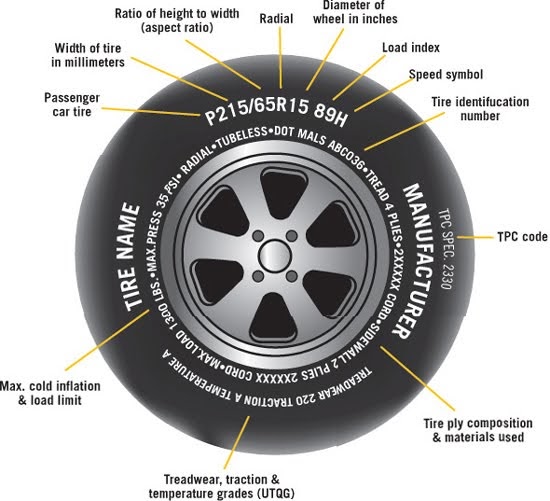 See our speed rating page for more information and a list of the various speed ratings.
See our speed rating page for more information and a list of the various speed ratings.
The "DOT" marking indicates that the tire meets or exceeds the U.S. Department of Transportation's safety standard for tires.
The first two letters following the DOT marking are codes to identify the manufacturer of the tire and the manufacturing plant.
The third and fourth characters following the DOT marking are codes representing the tire size.
The final three or four letters are codes representing other significant characteristics of the tire as determined by the manufacturer.
The first pair of digits identifies the week the tire was manufactured. In this case, the tire was manufactured in the 11th week. The number 01 would indicate the first week of January, whereas the number 52 would indicate the last week of December.
The second pair of digits identifies the year that the tire was manufactured, in this case 2005.
The treadwear rating is a measurement of the tire's durability, but not the projected tread life. It is important to remember that road surfaces, driving habits, and other factors determine actual tread life. Each tire manufacturer independently determines treadwear through their own tests. Treadwear is not based on any one industry or government standard.
The traction rating is a measurement of a tire's ability to stop on a straight, wet surface under controlled conditions. It does not indicate the tire's cornering ability on a wet surface or its traction on ice or snow. Traction grades include AA, A, B, and C, with AA being the highest grade available.
The temperature rating is a measurement of a tire's resistance to heat generation under normal operating conditions at recommended inflation pressures. Temperature grades range from A to C, with A being highest rated and therefore most resistant to heat generation.
Temperature grades range from A to C, with A being highest rated and therefore most resistant to heat generation.
This indicates the tire's maximum load-carrying capabilities when the tire is inflated to its maximum inflation pressure, as indicated on the sidewall. Max load is based on standards set by the National Highway Traffic Safety Administration (NHTSA)
This indicates the maximum operating inflation pressure of the tire. It does not indicate the manufacturer's recommended inflation pressure, nor does it indicate the proper air pressure based on the vehicle the tire is mounted on. This category is also based on NHTSA standards.
Note - Some tires are marked 'Extra Load', 'XL', or 'RF' (for reinforced). This simply denotes that the tire's indicated maximum load and air pressure are higher than a standard load tire.
This indicates what materials are used in the tire's plies, and the quantity of each type included.
Some tires indicate the direction of rotation on the sidewall, while others indicate a specific side of the tire that is intended to face outward from the vehicle. Another type of tire combines both indications. It is important that these tires be mounted according to the indicated instructions.
Directional tires feature arrows on the sidewall that indicate what direction the tire should rotate when the vehicle is moving forward.
Asymmetrical tires have the word "outside" labeled on the side of the tire that should face outward from the vehicle.
Tires that are both directional and asymmetrical will indicate what direction the tire must rotate, as well as what side must face outward from the vehicle.
At one time, you could gauge a tire’s construction and load-carrying capabilities by the number of plies or layers used to make the tire.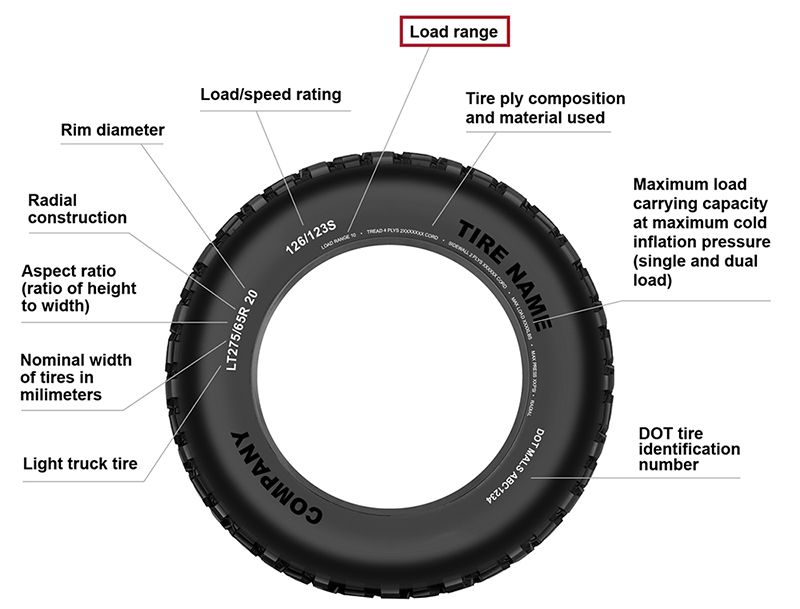 The days of counting the number of plies may be gone, but the idea lives on in the Tire Ply Rating. Here’s what those ratings mean and how to get the right tires for your needs.
The days of counting the number of plies may be gone, but the idea lives on in the Tire Ply Rating. Here’s what those ratings mean and how to get the right tires for your needs.
In the early and mid part of the 20th century, cotton fibers were used in tires to add strength. Those fibers ran at a specific angle to the tread to make bias-ply and radial tires. Steel wires would eventually replace the cotton. However, the number of plies (or layers) in a tire was still counted and used to determine its load-carrying capacity when fully inflated.
Fast forward to today, and tire plies are manufactured with rubberized textile cords wrapped under the beads of the tire. This design makes it possible to use fewer plies and layers to achieve equal or greater strength. That’s why we use the term Ply Rating. This information can also be indicated as Load Range.
You’ll find the information about a tire’s Ply Rating on the tire’s sidewall.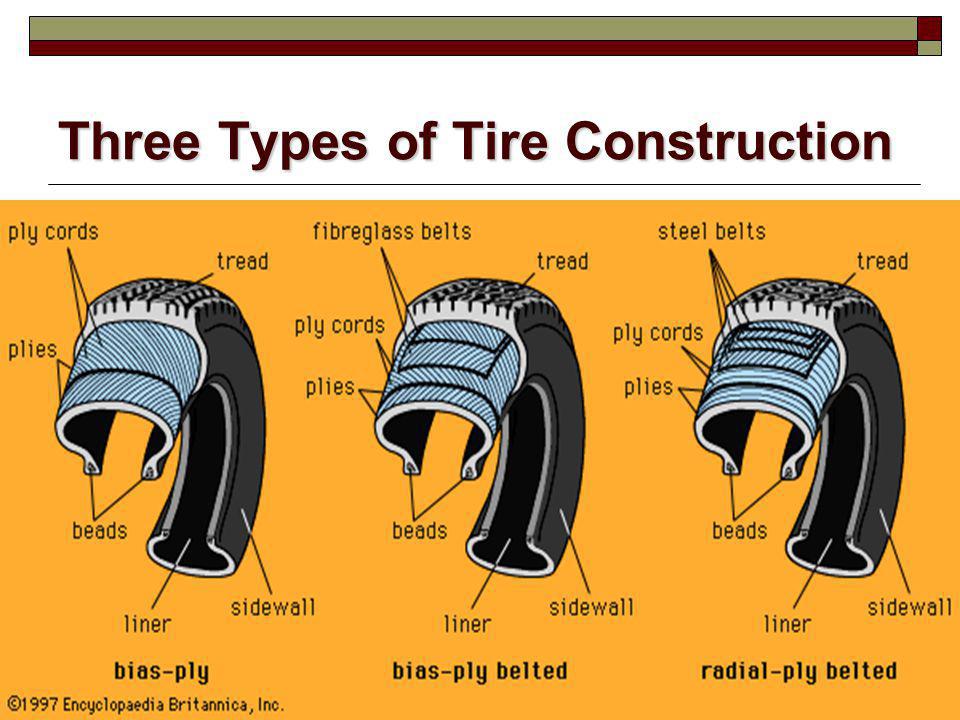 You’re looking for the Construction Type or Load Range (D in the image below).
You’re looking for the Construction Type or Load Range (D in the image below).
While Load Range and Ply are used interchangeably, you’ll need the chart in our article Using Load Index and Load Range to Pick the Right Tires to pinpoint the ply rating that corresponds to a Load Range of A – F.
| LOAD RANGE | PLY RATING |
|---|---|
| A | 2 |
| B | 4 |
| C | 6 |
| D | 8 |
| E | 10 |
| F | 12 |
When referring to the first chart in the article, you’ll notice the Load Index.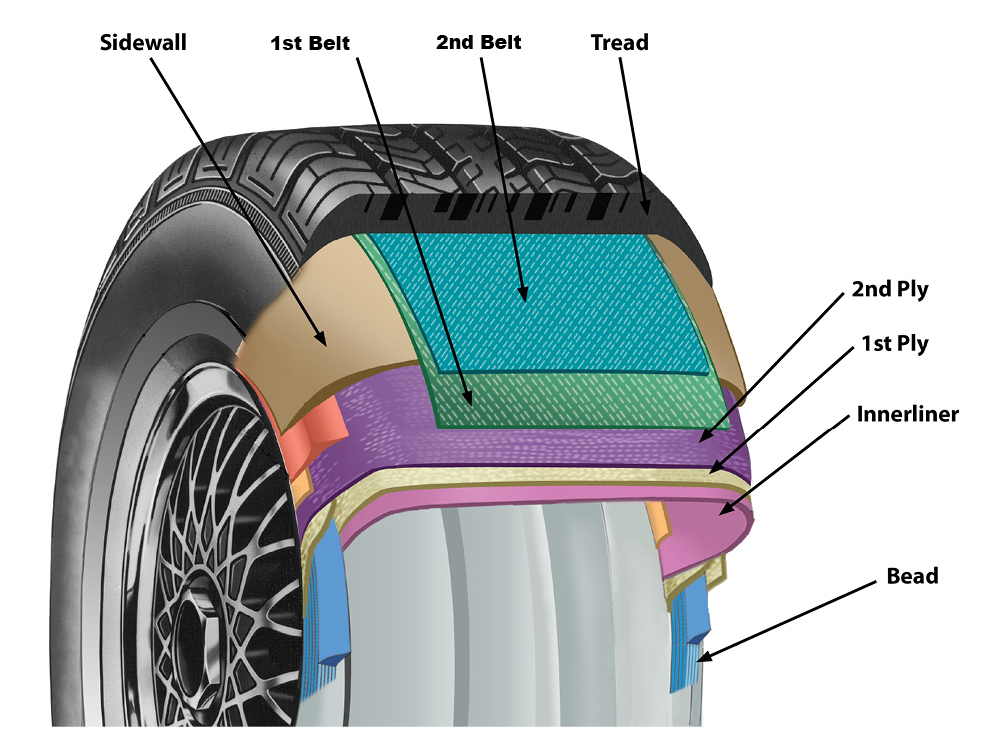 This number correlates to the maximum safe carrying capacity of the tire when it’s inflated to its maximum pressure. Higher load index ratings mean your tires may be able to handle a heavier load.
This number correlates to the maximum safe carrying capacity of the tire when it’s inflated to its maximum pressure. Higher load index ratings mean your tires may be able to handle a heavier load.
If you don’t see a Load Range or Ply Rating, you might find the letters P (passenger rated, which is 4-ply rated or lower), LT (light truck, which is 6-ply rated or higher), or XL (extra load is typically 4-ply rated with a higher-than-standard Load Index) stamped on the tires.
If you drive a cargo van (such as a Ford Transit), you may see the letter C, which on these particular tires stands for “cargo” at the end of your tire size. This is not to be confused with a 6-ply rated tire. Refer to the Load Index for your vehicle to ensure you get the proper tires. If you’re not sure, stop by Les Schwab.
You can always leave the Tire Ply Ratings, Load Indexes and Load Ranges to the pros at Les Schwab.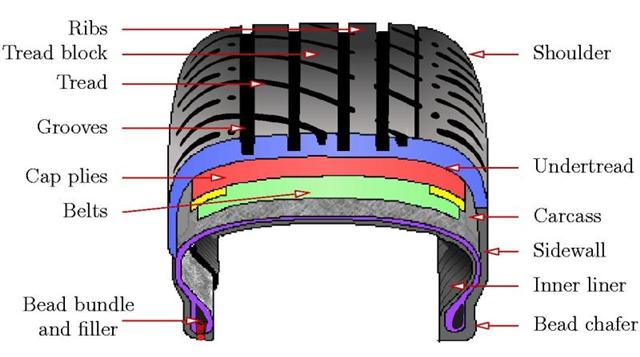 We’ll show you the best tires for your vehicle and needs. Schedule an appointment that works for you or stop by your local Les Schwab and we’ll help you out.
We’ll show you the best tires for your vehicle and needs. Schedule an appointment that works for you or stop by your local Les Schwab and we’ll help you out.
Find Your Store
Tires provide the vehicle with traction on the roadway, so many aspects depend on their choice - vehicle speed, load capacity, flotation, maneuverability, stability and maximum load.
The main characteristics are encoded in the marking. It is applied to the side surface of the product. Among the most relevant characteristics, in addition to physical parameters (radius, width), are the speed and load index. The first shows the maximum permitted speed of the vehicle (assuming a full load). The load index is the load bearing capacity index of the tire. It indicates the ability of the vehicle to carry the declared maximum load weight while traveling at a speed appropriate for that type. This parameter is relevant for trucks and special vehicles, everyone who loads the car as much as possible pays attention to it.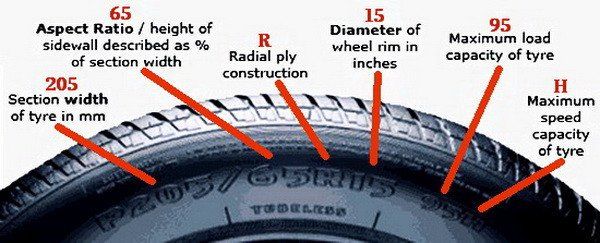
Among the parameters that characterize tires, the ply rate (PR - Ply Rayting) stands out.
It is known that tires for wheeled vehicles are not a monolith, but a multilayer structure. Each layer is responsible for certain functions and performs different tasks. At the base is a frame that transmits the friction force to the wheel from the road. Consists of several layers, including cord. Cord material:
Previously used cotton cord. To increase strength, the number of layers of cotton was increased. Now more durable materials are used, so you don’t need to use many real layers. Optimally - a breaker with a steel cord.
Tire ply for different types of equipment is different. Tires for passenger cars have a ply rating of 4 or 6, for trucks - 6 or 8. The higher the index, the higher the level of rigidity, the car can carry more cargo.
This standard is a conditional or estimated indicator of the bearing capacity of the frame. This parameter does not mean the actual number of cord layers, but shows the compliance of the carrying capacity of a real tire with a reference sample based on cotton cord. It may be designated as "HP" for some domestic brands, but most often it is the "PR" marking.
Winter Drive Protection
Tires Goodyear UltraGrip Arctic 2 SUV
Winter Drive Protection Sound Comfort
Rating:
4.5
Tires Goodyear UltraGrip Ice 2
Winter Drive protection
Tires Goodyear UltraGrip Performance+ SUV
Winter Drive protection
Tires Goodyear UltraGrip Arctic 2
Winter Drive Protection Run On Flat Sound Comfort
Tires Goodyear UltraGrip Performance+
Modern technology using strong cords and rubber compounds reduces the number of layers while maintaining the ability to carry loads. In this case, it is better to use the load index. This indicator corresponds to the maximum load weight for a particular tire at a certain speed, the maximum for this type of product. It is indicated for one wheel, and to find out the data for the entire vehicle, you need to multiply the value by the number of wheels.
In this case, it is better to use the load index. This indicator corresponds to the maximum load weight for a particular tire at a certain speed, the maximum for this type of product. It is indicated for one wheel, and to find out the data for the entire vehicle, you need to multiply the value by the number of wheels.
The two speed and load indices are linked. The maximum value is applied to the bus. Accordingly, if the speed is lower than the maximum, then the car can carry more cargo.
For special equipment, including trucks, these standards mean a lot. To determine the maximum load capacity of a truck or special equipment, the indexes summarized in the tables will help. It should be remembered that the load is indicated for one wheel, so it is necessary to multiply the table value by the number of vehicle wheels.
Experienced drivers understand that a certain value is not limiting and a truck can carry 20-30% more cargo.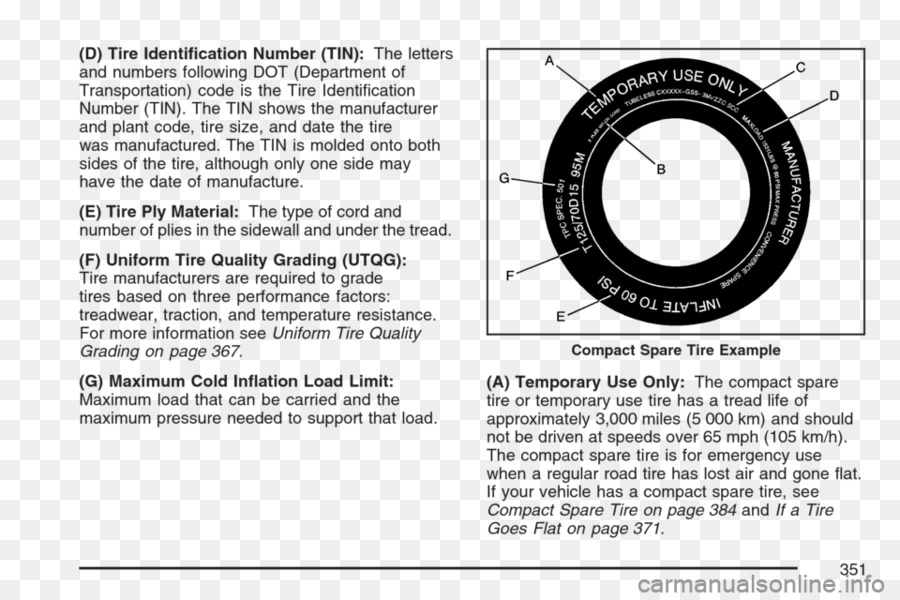 The main thing is not to constantly exceed the maximum load capacity, calculated taking into account the capabilities of tires. Otherwise, you run the risk of tire explosion or hernia, which also reduces the safety of the vehicle.
The main thing is not to constantly exceed the maximum load capacity, calculated taking into account the capabilities of tires. Otherwise, you run the risk of tire explosion or hernia, which also reduces the safety of the vehicle.
A high load rate indicates that the carcass of the tire is very thick. This reduces ride comfort due to less damping of road surface irregularities.
For double wheels, a double index is used - 150/154. The first value is for tires in a pair, the second is for a single wheel. A different speed indicator for a single or twin wheel may be indicated, you need to pay attention to this when choosing tires for special equipment.
Reinforced tires are used for the operation of special equipment with increased load requirements. Their marking contains the letter combination XS or the words Extra Load. In this case, the corresponding index is 3 points higher compared to conventional tires of this class.
Written by: Goodyear team
 How to correctly determine tire parameters
How to correctly determine tire parameters Do you want to choose a tire for your car, but do not understand tire markings well? It's not a problem! In this section, we will help you figure out what tire parameters are, what they mean, and which tire is right for your car.
Select tires / tire catalog
195/65 R15 91 T XL
195 is the tire width in mm.
65 - Proportionality, i.e. profile height to width ratio. In our case, it is equal to 65%. Simply put, with the same width, the larger this indicator, the higher the tire will be and vice versa. Usually this value is simply called “profile”.
Since the tire profile is a relative value, it is important to take into account when choosing rubber that if you want to put tires with a size of 205/65 R15 instead of the size 195/65 R15, then not only the width of the tire will increase, but also the height! Which in most cases is unacceptable! (except when both of these sizes are indicated in the car's operating book).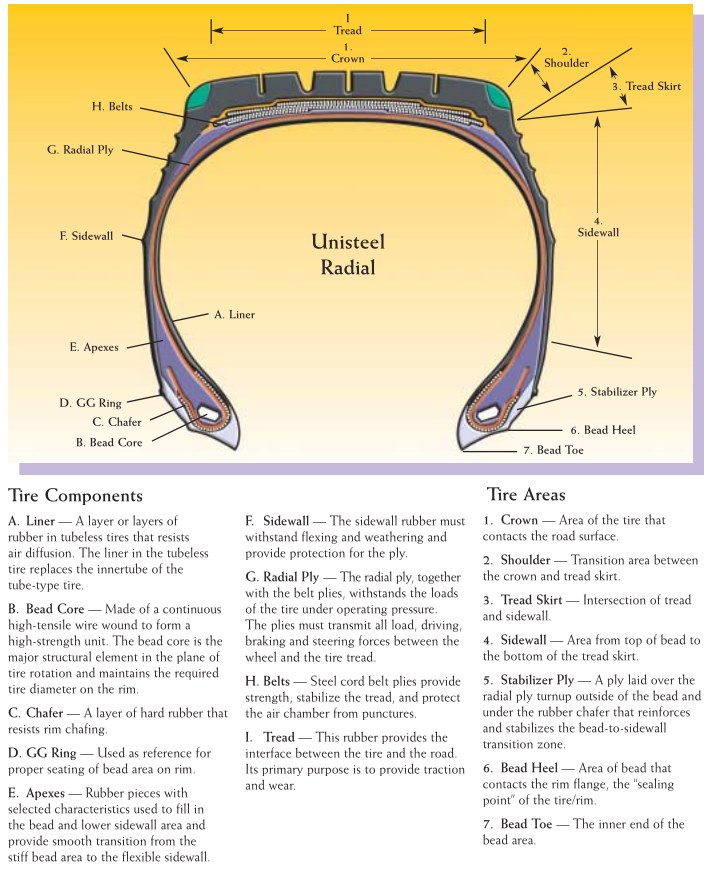 You can calculate the exact data on changing the outer dimensions of the wheel in a special tire calculator.
You can calculate the exact data on changing the outer dimensions of the wheel in a special tire calculator.
If this ratio is not specified (for example, 185/R14C), then it is equal to 80-82% and the tire is called full profile. Reinforced tires with this marking are usually used on minibuses and light trucks, where a large maximum wheel load is very important.
R - means a tire with a radial cord (in fact, almost all tires are made this way now).
Many mistakenly believe that R- means the radius of the tire, but this is the radial design of the tire. There is also a diagonal design (indicated by the letter D), but recently it has practically not been produced, since its performance is noticeably worse.
15 — wheel (rim) diameter in inches. (It is the diameter, not the radius! This is also a common mistake). This is the “landing” diameter of the tire on the disk, i.e. is the inside size of the tire or the outside of the rim.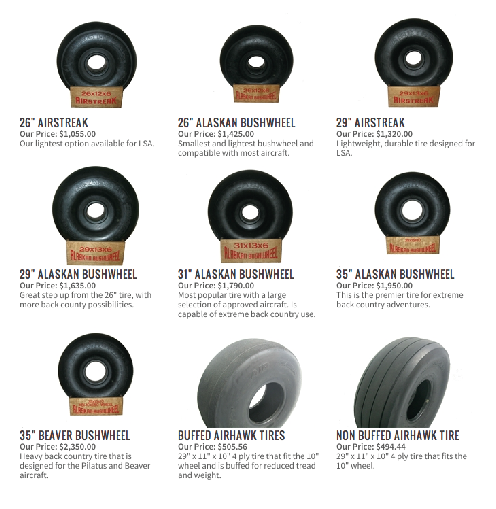
91 is the load index. This is the level of maximum permissible load on one wheel. For passenger cars, it is usually done with a margin and is not a decisive factor when choosing tires (in our case, IN - 91 - 670 kg.). For minibuses and small trucks, this parameter is very important and must be observed.
T is the tire speed index. The larger it is, the faster you can ride on this tire (in our case, IS - H - up to 210 km / h). Speaking about the tire speed index, I would like to note that with this parameter, the tire manufacturer guarantees the normal operation of the rubber when the car is constantly moving at the specified speed for several hours.
There are two different American tire markings. The first one is very similar to the European one, only the letters “P” (Passanger - for a passenger car) or “LT” (Light Truck - light truck) are placed before the size. For example: P 195/60 R 14 or LT 235/75 R15. And another tire marking, which is fundamentally different from the European one.
For example: P 195/60 R 14 or LT 235/75 R15. And another tire marking, which is fundamentally different from the European one.
Example: 31x10.5 R15 (corresponds to European size 265/75 R15)
31 is the outside diameter of the tire in inches.
10.5 is tire width in inches.
R - a tire with a radial design (older tire models were with a diagonal design).
15 is the inner diameter of the tire in inches.
Generally speaking, except for inches that are unusual for us, the American tire marking is logical and more understandable, unlike the European one, where the height of the tire profile is not constant and depends on the width of the tire. And here everything is simple with decoding: the first digit of the standard size is the outer diameter, the second is the width, the third is the inner diameter.
XL or Extra Load is a reinforced tire, the load index of which is 3 units higher than that of conventional tires of the same size.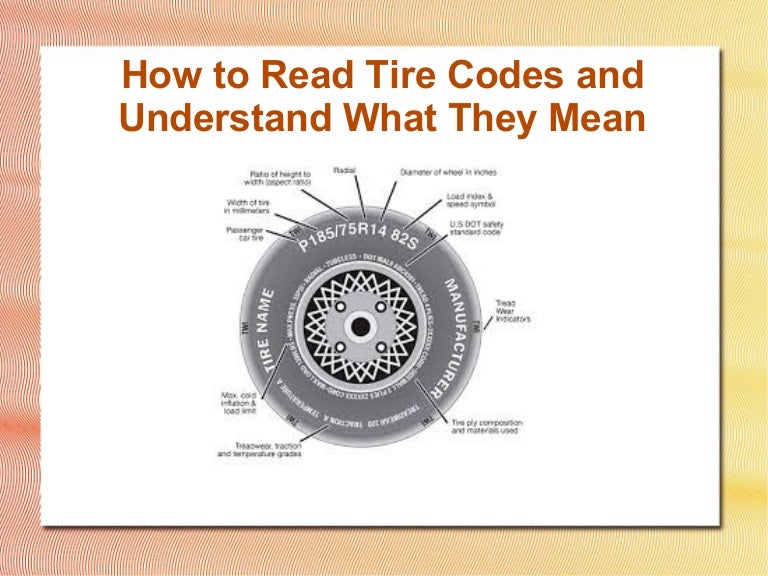 In other words, if a given tire has a load index of 91 marked XL or Extra Load, then this means that with this index, the tire is able to withstand a maximum load of 670 kg instead of 615 kg (see the table of tire load indices).
In other words, if a given tire has a load index of 91 marked XL or Extra Load, then this means that with this index, the tire is able to withstand a maximum load of 670 kg instead of 615 kg (see the table of tire load indices).
M+S or tire marking M&S (Mud + Snow) - mud plus snow and means that the tires are all-season or winter. Many summer tires for SUVs are labeled M&S. However, these tires must not be used in winter, as winter tires have a completely different rubber compound and tread pattern, and the M&S badge indicates good flotation performance.
All Season or AS all season tires. Aw (Any Weather) - Any weather.
Pictogram * (snowflake) — rubber is designed for use in harsh winter conditions. If this marking is not on the sidewall of the tire, then this tire is intended for use only in summer conditions.
Aquatred, Aquacontact, Rain, Water, Aqua or icon (umbrella) Special rain tires.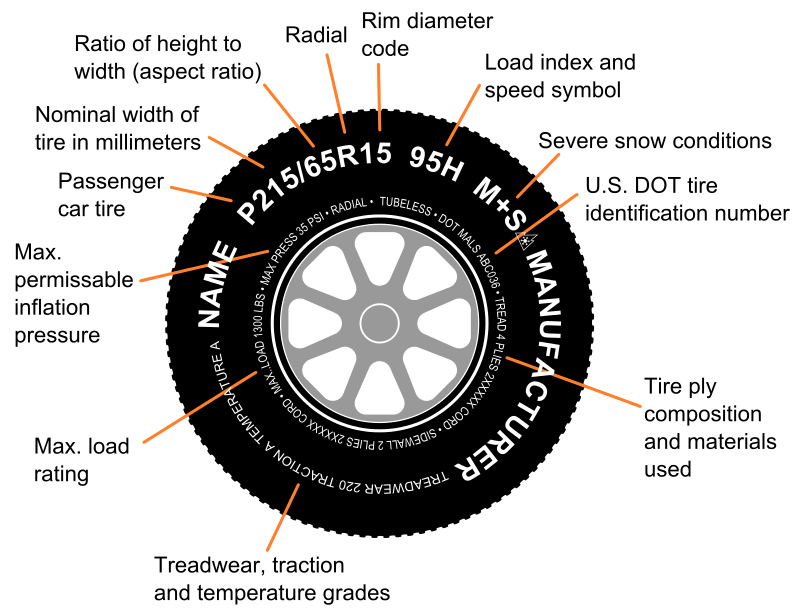
Outside and Inside ; asymmetric tires, i.e. It is important not to confuse which side is the outside and which is the inside. When installing, the Outside inscription must be on the outside of the car, and Inside on the inside.
RSC (RunFlat System Component) - RunFlat tires are tires that allow you to continue driving at a maximum speed of 80 km/h with a FULL tire pressure drop (puncture or cut). On these tires, depending on the manufacturer's recommendations, you can drive from 50 to 150 km. Different tire manufacturers use different designations for RSC technology. For example: Bridgestone RFT, Continental SSR, Goodyear RunOnFlat, Nokian Run Flat, Michelin ZP etc.
Rotation or arrow This marking on the tire sidewall indicates a directional tire. When installing the tire, you must strictly observe the direction of rotation of the wheel, indicated by the arrow.
Tubeless - tubeless tire. In the absence of this inscription, the tire can only be used with a camera..jpg) Tube Type - indicates that this tire must be used only with a tube.
Tube Type - indicates that this tire must be used only with a tube.
Max Pressure ; maximum allowable tire pressure. Max Load - the maximum allowable load on each wheel of the car, in kg.
Reinforced or the letters RF in the size (for example 195/70 R15RF) means that this is a reinforced tire (6 layers). The letter C at the end of the size (for example 195/70 R15C) indicates a truck tire (8 layers).
Radial this marking on the rubber in the standard size means that it is a radial construction tire. Steel means that there is a metal cord in the tire structure.
Letter E (in a circle) - the tire meets the European requirements of ECE (Economic Commission for Europe). DOT (Department of Transportation - US Department of Transportation) is an American quality standard.
Temperature A, B, or C Temperature resistance of the tire at high speeds on the test bench (A is best).
Traction A, B, or C Tire wet braking capability.